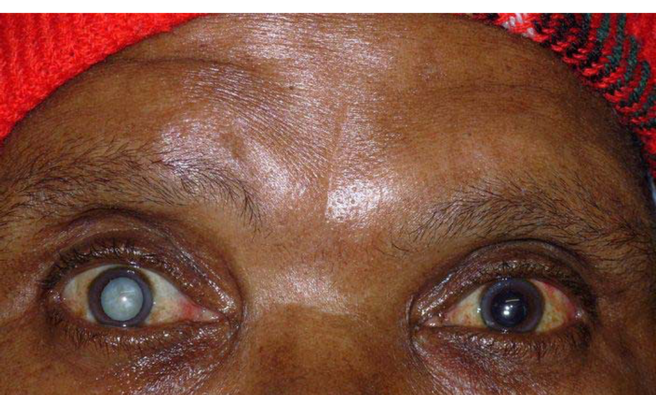Cataracts
Cataracts are formed when the clear lens inside the eye becomes cloudy or opaque. For clear vision, the lens must be transparent. Those with cataract will at first notice that their vision is a little blurred (like looking through frosted glass); colours may lose their vibrancy and glare may be experienced from lights, especially sun light and oncoming head lights when driving.

Some people may be born with cataract (congenital cataract), but most cataract develops with age. The human lens is primarily made up of water and protein but as we get older the proteins inside the lens begin to de-nature or change, causing the lens to lose its transparency and scatter light. Many factors can cause the proteins to denature including; increase in age; smoking; UV light; diabetes; taking steroids.
It has been shown that wearing UV blocking sunglasses, not smoking, keeping fit and eating a good diet, rich in fruit and vegetables that are high in antioxidants, (including cranberries, blue berries, kidney beans and red apples) may help prevent certain types of cataracts.
How is it diagnosed?
Most people will be aware that their sight is slowly deteriorating; both eyes are usually affected.
Usually their optometrist makes the diagnosis when examining the front of the eye using a special microscope. Only when a cataract is advanced will it be visible to the naked eye – the area behind the pupil is opaque (see LHS photo above).
What are the treatments?
The good news is that cataract can be easily treated. The only option is to surgically remove the cloudy human lens and replace it with a clear plastic one, which is called an intra-ocular implant. Clear vision is usually instantly restored.
Useful websites
- Moorfields Eye Hospital: Cataract
https://www.moorfields.nhs.uk/service/cataract